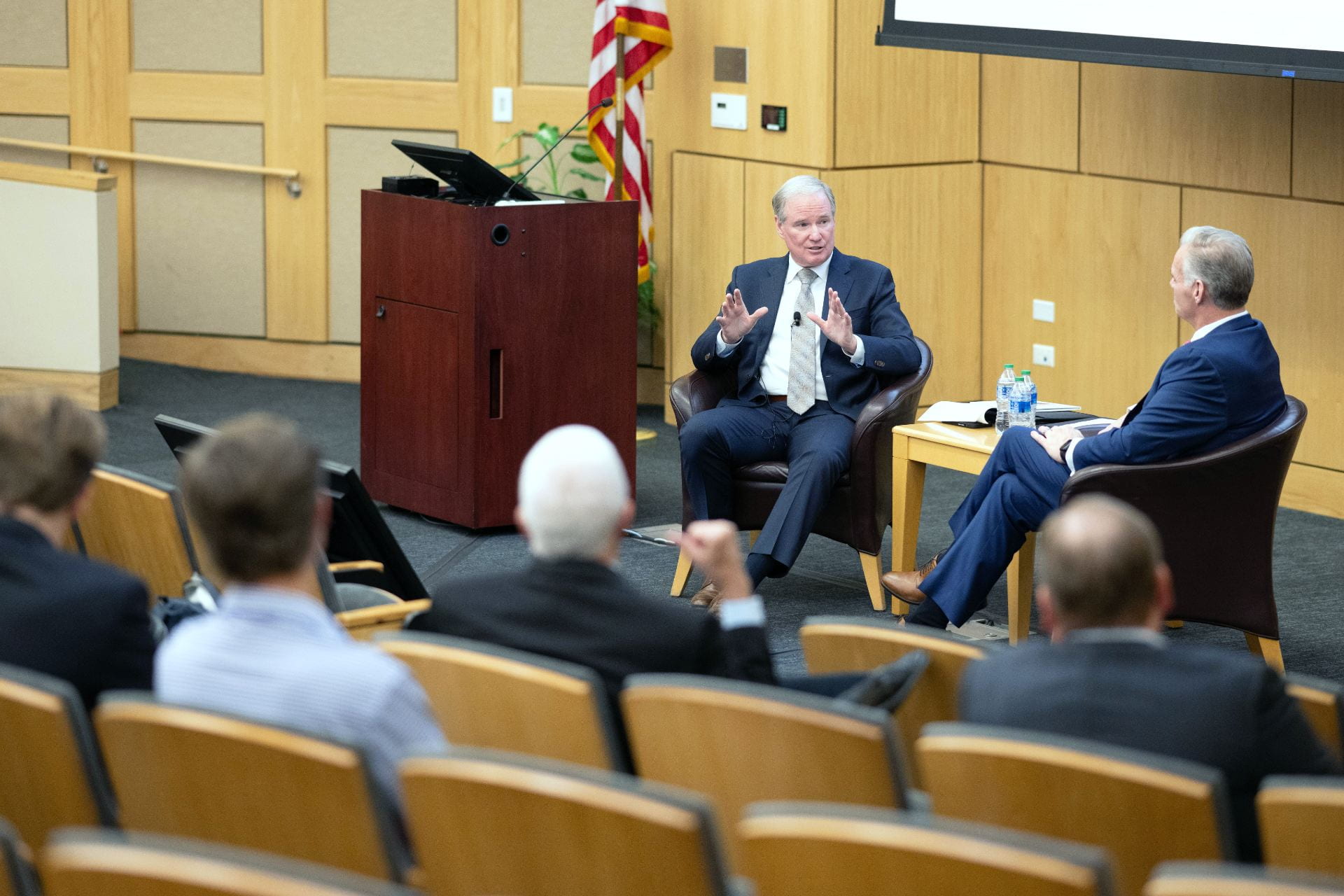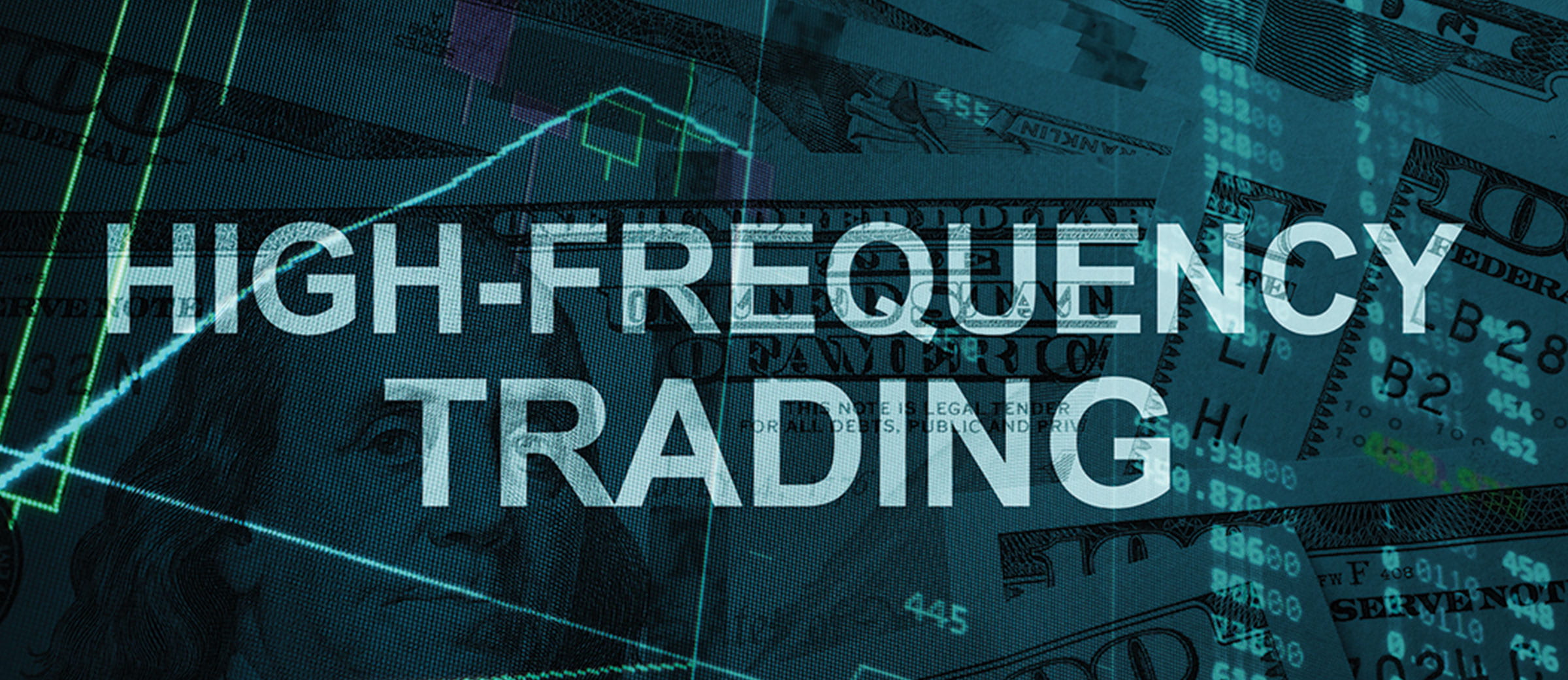The many crowd-sourced investment research venues and platforms that co-exist on the Internet are a source of information for investors and capital markets. Interestingly, they are increasingly rivaling the incumbent sell-side analyst research model, also known as “Wall Street.” Sell-side analysts have been the go-to source for investment research, but they have been known to exhibit research bias.
Accounting Professor Stanimir Markov and co-authors examine how this increased competition is shaking up the status quo. Competition from new online entrants is a force disrupting the investment research industry and disciplining the sell-side. The study documents a substantial drop in the sell-side tendency to issue “pessimistic,” easy-to-beat earnings forecasts. The crowd has reduced sell-side bias where regulation has failed.
The authors focus on Estimize, an online earnings forecast venue, as a gauge. “In the past, there was a tendency for sell-side analysts to issue optimistic earnings reports so that the firms being evaluated could more easily meet or beat the consensus,” says Markov. He adds that analysts need information from company managers, and thus need “to keep them happy, and set the bar low.” Firms have been meeting or beating sell-side forecast expectations 70 to 75 percent of the time. “When earnings forecasts are benchmarked against Estimize, they are met or beaten only about 55 percent of the time,” he says, “indicating less bias.” The authors posit that this competition from the Estimize crowd is having a disciplining effect on the typically well-educated, -trained, and -compensated sell-side analyst.
Specifically, in the three-year period before appearing on the Estimize platform, companies report earnings per share (scaled by company stock price) that exceed the sell-side consensus by 13.8 percent on average. In the three years after appearing on the Estimize platform, these same companies report earnings surprises of 5.1 percent — a whopping 67 percent decline in forecast pessimism.
Competition from new online entrants is a force upending the investment research. The crowd has reduced sell-side bias where regulation failed.
By providing investors with a clear alternative benchmark forecast, Estimize “shames” sell-side analysts into issuing less biased, harder-to-beat forecasts, Markov contends. Further, the study finds the decline in pessimism, i.e. issuing easy-to-beat forecasts, is greater when earnings uncertainty is high and investors struggle more with unravelling the sell-side bias. For example, sell-side forecast errors for technology stocks exhibit more volatility than utility stocks. Thus, investors in technology stocks have a harder time deciphering the bias than investors in utility stocks.
The founders of crowd-sourced sites Seeking Alpha and Estimize say they are empowering the retail investor. Regulators have worried that retail investors are leaving the market because Wall Street banks put institutional investors ahead of retail investors. Markov notes, “If retail investors have access to good quality investment research on Seeking Alpha and accurate, unbiased earnings estimates on Estimize, they should come back to the market. This is what disrupting Wall Street is about.
“Perhaps, regulators should think about encouraging sell-side competition. Estimize is a competing source of estimates that has pushed the sell-side toward making less biased and more accurate estimates.” In sum, the crowd is now providing benchmarks as good as the professionals.
Markov’s co-authored paper “Does Crowdsourced Research Discipline Sell-Side Analysts?” has been presented at numerous universities.














